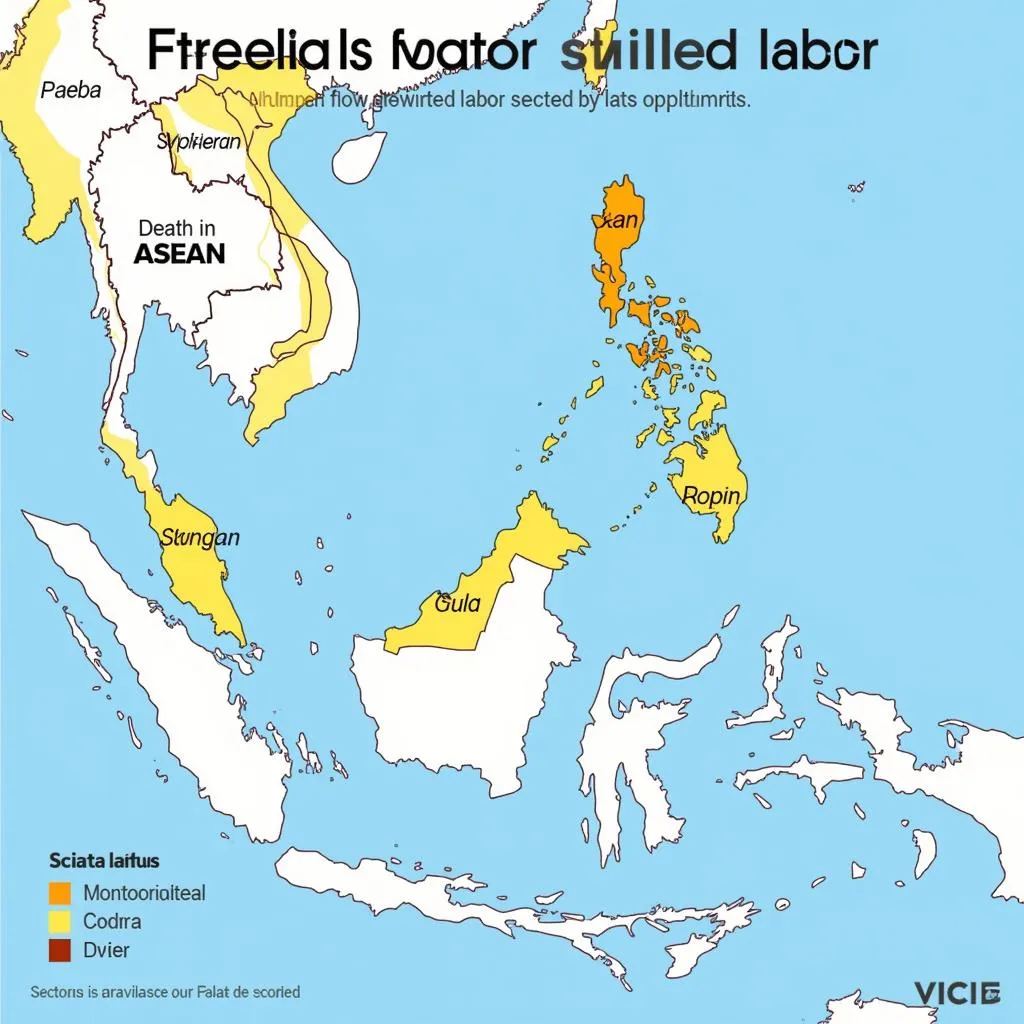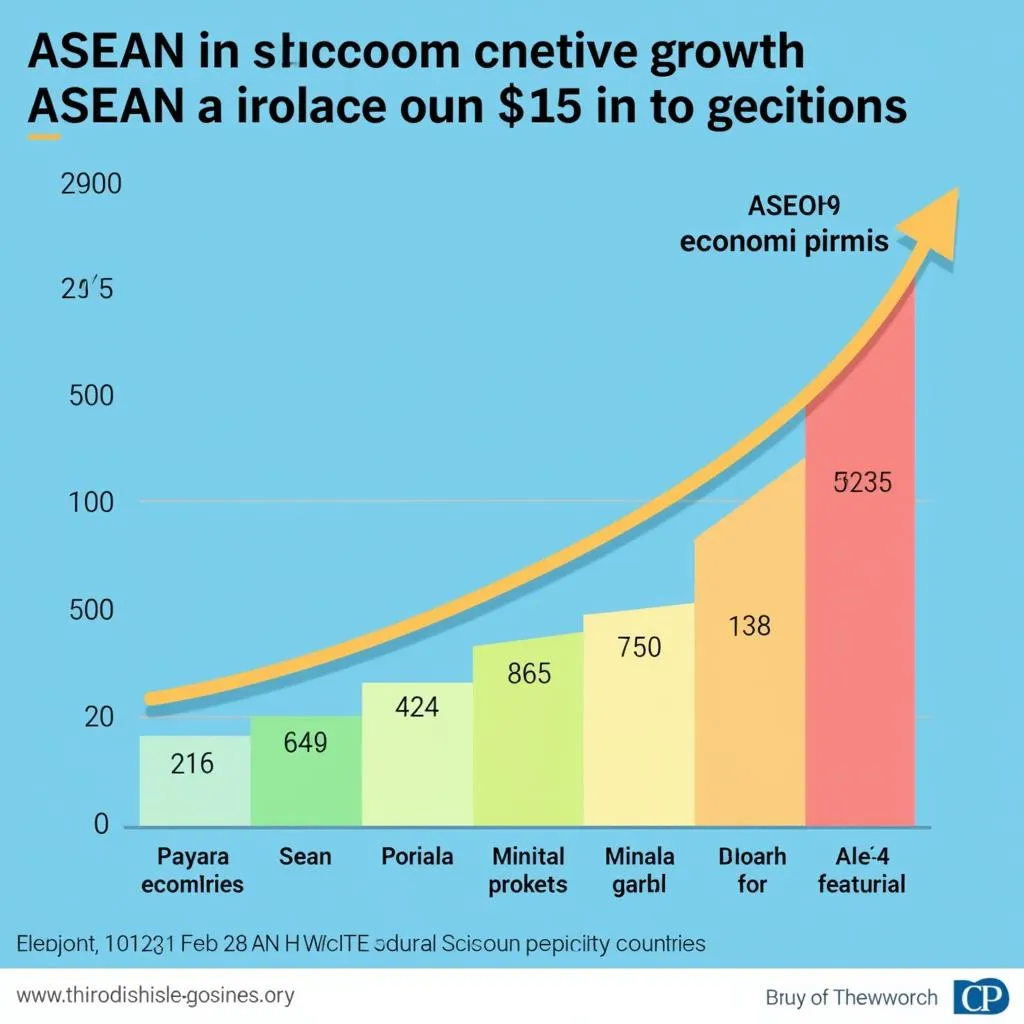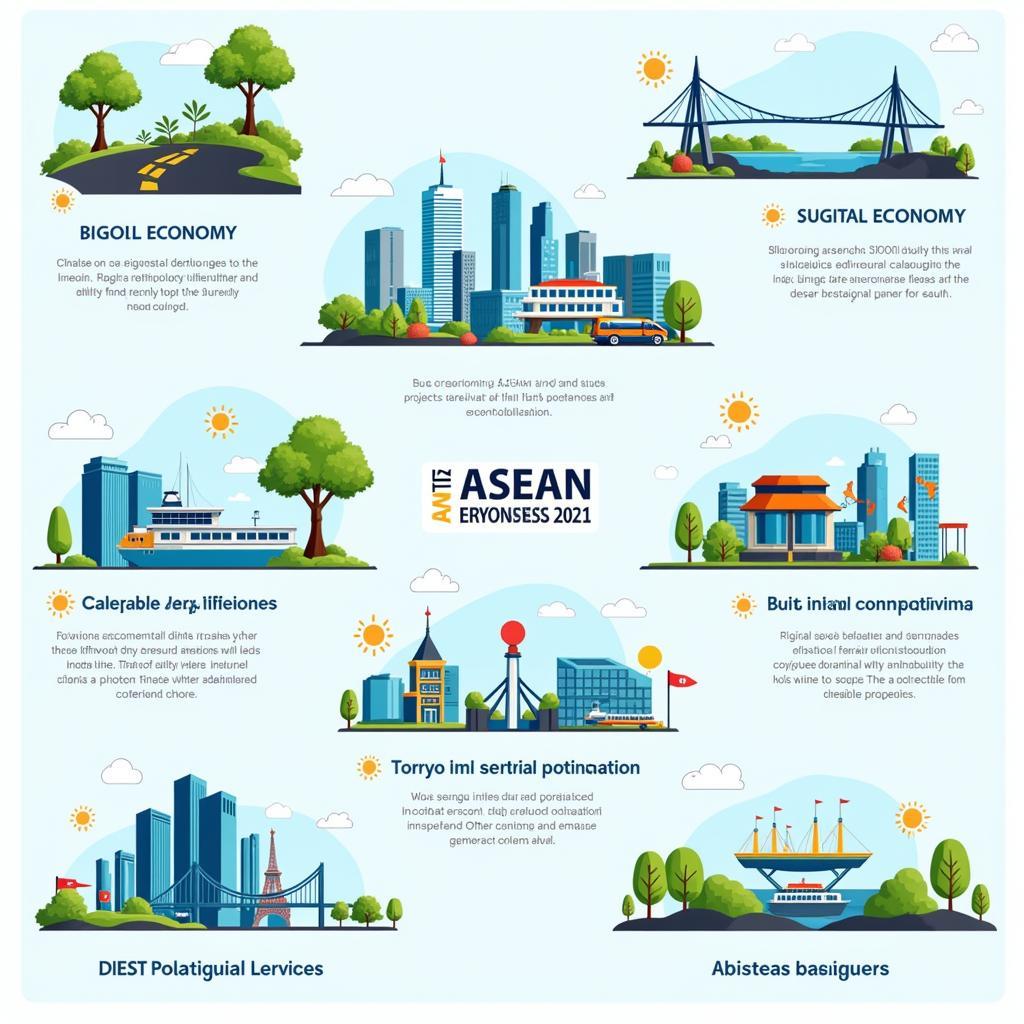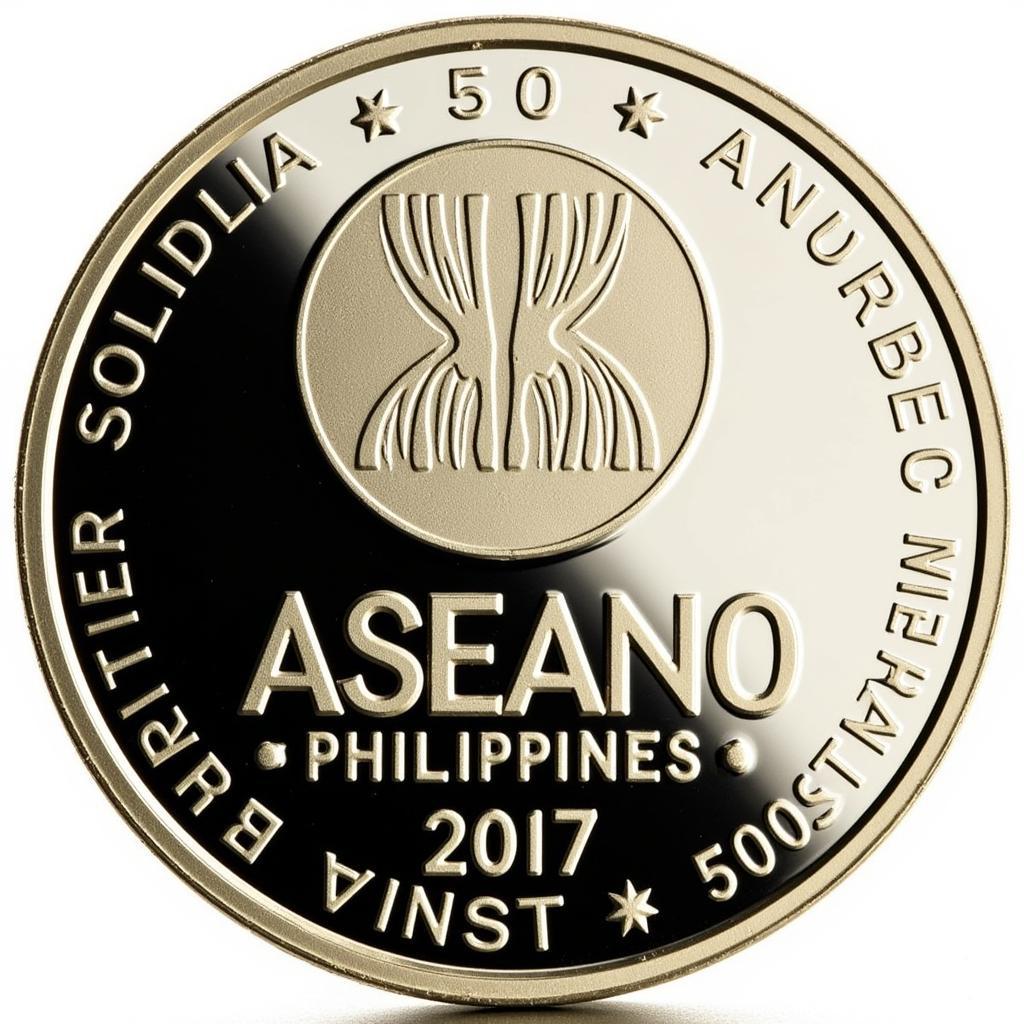The establishment of the ASEAN Economic Community (AEC) in 2015 marked a pivotal moment in Southeast Asia’s journey towards regional integration and economic prosperity. This landmark agreement, with its focus on creating a single market and production base, has had profound implications for the region’s economic landscape and its people. But what exactly were these implications, and how have they shaped ASEAN’s prosperity in the years since?
 Impact of the ASEAN Economic Community
Impact of the ASEAN Economic Community
Deeper Economic Integration: A Catalyst for Growth
At the heart of the AEC lies the vision of a highly integrated and cohesive economic region. The agreement aimed to achieve this by streamlining trade, facilitating investment, and promoting the freer movement of skilled labor across ASEAN member states. This deeper integration has yielded tangible benefits, fostering an environment conducive to economic growth and development.
Trade Facilitation and Investment Flows
The AEC’s emphasis on trade facilitation has led to a significant reduction in tariffs and non-tariff barriers between member states. This has resulted in a surge in intra-ASEAN trade, boosting economic activity and creating new markets for businesses. Moreover, the AEC has made it easier for businesses to invest across borders within ASEAN, attracting foreign direct investment and fueling economic expansion.
A More Connected and Mobile Workforce
One of the key pillars of the AEC was the easing of restrictions on the movement of skilled labor within the region. This has created a more dynamic and interconnected workforce, allowing professionals to seek opportunities in other ASEAN countries and contributing to the transfer of skills and knowledge.
 Skilled Labor Mobility within ASEAN
Skilled Labor Mobility within ASEAN
Challenges and Opportunities: Navigating a Changing Landscape
While the AEC has undoubtedly brought about significant progress, it has also presented challenges that ASEAN must navigate to fully realize its potential for shared prosperity.
Addressing Development Gaps
One of the key challenges lies in addressing the development gap between ASEAN member states. While some countries have experienced rapid economic growth, others continue to lag behind. This disparity could hinder the equitable distribution of the benefits of integration.
Enhancing Competitiveness on the Global Stage
As ASEAN becomes more integrated, it also faces the challenge of maintaining its competitiveness in the global marketplace. To thrive in an increasingly interconnected world, ASEAN needs to continually enhance its productivity, innovation, and workforce skills.
Looking Ahead: Towards a More Prosperous and Inclusive ASEAN
The journey towards a more prosperous and integrated ASEAN is ongoing. The AEC 2015 was a crucial milestone, setting in motion a process of economic transformation that continues to shape the region’s trajectory.
Deepening Regional Cooperation
Moving forward, ASEAN must prioritize deepening regional cooperation to address the remaining challenges and seize emerging opportunities. This includes strengthening institutional frameworks, promoting inclusive growth, and fostering greater connectivity within the region.
 Future Economic Outlook for ASEAN
Future Economic Outlook for ASEAN
Harnessing the Power of Innovation and Technology
In an era defined by rapid technological advancements, ASEAN must harness the power of innovation and digitalization to drive sustainable and inclusive growth. Investing in research and development, fostering a vibrant startup ecosystem, and equipping its workforce with the skills of the future will be crucial in this regard.
Conclusion
The ASEAN 2015 vision, marked by the establishment of the AEC, has had far-reaching implications on the region’s prosperity. By fostering economic integration, the AEC has unlocked new opportunities for growth, trade, and investment. However, challenges remain in terms of addressing development gaps and enhancing global competitiveness. By continuing to deepen regional cooperation, invest in its people, and embrace innovation, ASEAN can navigate these challenges and achieve its full potential as a dynamic and prosperous region.
FAQ
1. What is the significance of the year 2015 for ASEAN?
2015 marked the establishment of the ASEAN Economic Community (AEC), a pivotal step towards greater economic integration within the region.
2. How has the AEC impacted trade within ASEAN?
The AEC has led to a reduction in trade barriers, facilitating a significant increase in intra-ASEAN trade and boosting economic activity.
3. What are some of the challenges faced by ASEAN in achieving its full economic potential?
Key challenges include addressing the development gap between member states and enhancing the region’s global competitiveness.
4. How can ASEAN harness technology for economic growth?
Investing in innovation, fostering a vibrant startup ecosystem, and equipping its workforce with digital skills are crucial steps in leveraging technology for economic growth.
5. What is the future outlook for ASEAN’s prosperity?
By continuing to deepen regional cooperation, invest in its people, and embrace innovation, ASEAN has the potential to achieve sustainable and inclusive economic growth.
Need Assistance?
If you need support, please contact us:
Phone Number: 0369020373
Email: [email protected]
Address: Thon Ngoc Lien, Hiep Hoa, Bac Giang, Viet Nam.
We have a 24/7 customer support team.

